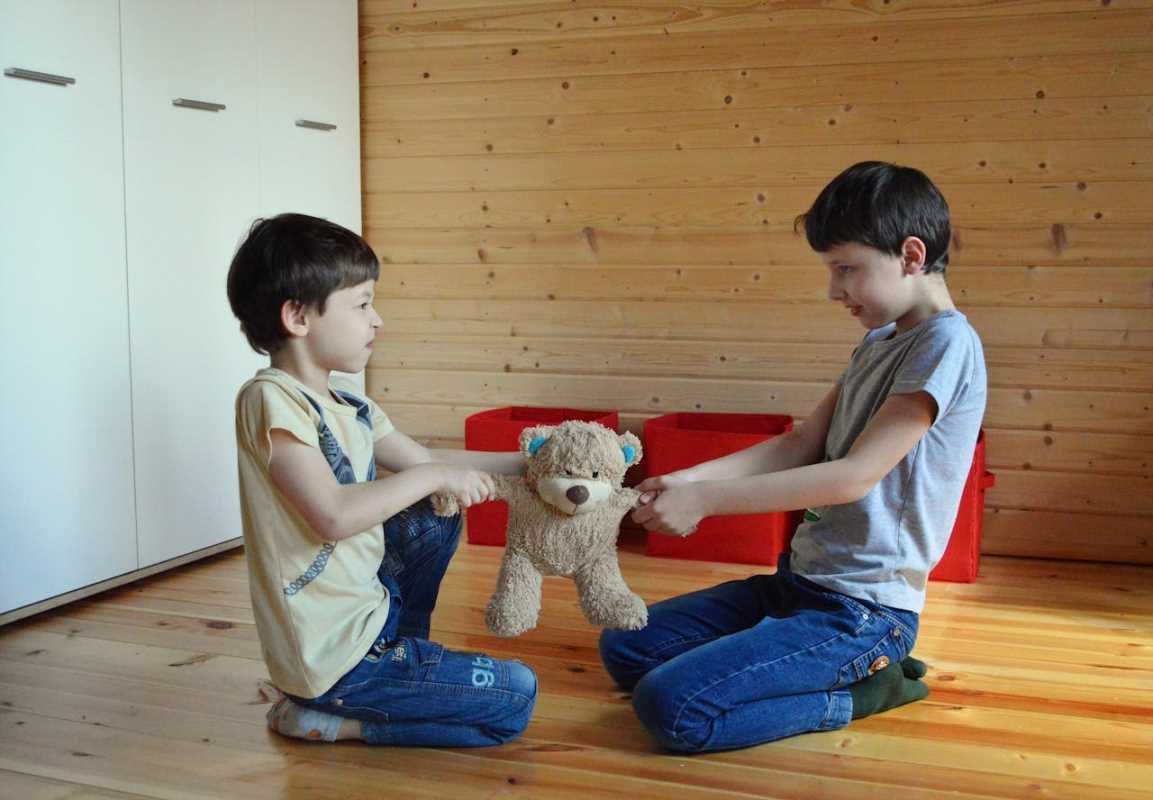Families are built on relationships, and like any relationship, they occasionally face disagreements or misunderstandings. However, when conflicts are met with silent stalemates—where issues remain unresolved and communication comes to a halt—relationships can suffer. Shifting focus from silence to collaborative problem-solving helps foster connection, trust, and growth within families. By encouraging open communication and cultivating a solution-oriented mindset, families can overcome challenges without resentment or additional stress. This article offers practical strategies for turning moments of tension into opportunities for learning and strengthening family bonds.
Why Problem-Solving Matters in Families
Families thrive when relationships are functional and connected. Problem-solving is a vital skill that helps members address their differences while maintaining respect and understanding.
- Builds Trust: Resolving issues collaboratively demonstrates that every voice matters. This can affirm mutual respect and reinforce trust within family relationships.
- Encourages Growth: Learning to solve problems equips family members with tools for navigating challenges in other areas of life, including school, work, or friendships.
- Promotes Emotional Health: Avoiding silent conflicts reduces stress and prevents the lingering resentment that can damage family dynamics over time.
Adopting a proactive approach to problem-solving ensures that everyone feels heard and included, laying the groundwork for a healthy and supportive home environment.
Identifying the Signs of a Silent Stalemate
Recognizing when a family issue has turned into a silent stalemate is critical. These situations don’t always involve yelling—sometimes, the real problem is an absence of communication altogether.
- Avoidance of Conversations: If family members skirt around certain topics or change the subject whenever an issue arises, it could indicate an unresolved problem.
- Tension in Interactions: A noticeable discomfort or emotional distance, even in everyday interactions, can signal unspoken disagreements.
- Lack of Follow-Up: Ignoring issues after they’ve surfaced—without discussing possible solutions—is a hallmark of silent stalemates.
Recognizing these patterns is the first step toward addressing underlying concerns and fostering open dialogue.
Creating a Safe Space for Open Communication
Breaking patterns of silence and avoidance starts with creating an environment where family members feel safe expressing their thoughts and emotions.
- Model Open-Hearted Listening: Lead by example and show genuine interest in what others are saying. Use phrases like, "I'm really listening to your feedback because I want to find a solution that works for both of us."
- Set Ground Rules for Respect: Establish basic guidelines for discussions, such as no interrupting or name-calling, to ensure everyone feels respected and valued.
- Create Neutral Settings for Discussions: Choose settings that feel comfortable and non-confrontational, like the living room after dinner or during a family walk.
By establishing a foundation of safety, family members are more likely to express themselves openly and honestly.
Using Collaborative Problem-Solving Techniques
Instead of letting conflicts fester, families can approach challenges collaboratively. Problem-solving doesn’t have to feel daunting when broken into manageable steps.
- Define the Problem Together: Start by agreeing on what the issue is, so everyone is working to address the same thing. Example: “We all agree we need a better system for dividing household chores.”
- Brainstorm Possible Solutions: Encourage creative thinking by letting everyone suggest solutions. Avoid criticizing ideas during brainstorming sessions to keep the mood positive.
- Evaluate and Choose a Plan: Discuss the pros and cons of each proposed solution and select the one that feels most practical for everyone. Statements like, "This seems like the best option for now. What does everyone think?" can help build consensus.
- Follow Up and Recalibrate: After trying a solution, revisit the issue in a week or two to assess progress and make adjustments as needed.
Approaching conflicts collaboratively fosters teamwork and ensures that solutions are crafted with everyone’s input.
Avoiding the Pitfalls of Silent Stalemates
Silent stalemates often arise from common communication challenges that families can address and overcome with the right strategies.
- Don’t Avoid Difficult Topics: It can be tempting to sidestep tough discussions to keep the peace temporarily—but unresolved issues rarely disappear. Approach these conversations with calm, direct communication.
- Resist Blame Assignments: Blaming one person often leads to defensiveness, which derails solutions. Keep the dialogue focused on solving the problem rather than pointing fingers.
- Address Issues Promptly: Waiting too long to tackle conflicts allows frustration to build. Try phrases like, "I noticed this has been bothering us for a while—can we sit down and talk about it?"
Taking small steps to prevent these pitfalls can help families avoid silence and stagnation.
Encouraging Emotional Growth and Empathy
Fostering empathy is an essential component of family problem-solving. Understanding each other’s feelings and perspectives creates a shared sense of purpose and connection.
- Validate Each Other’s Feelings: Use empathetic language to acknowledge how others feel. Statements like, "I can see why that would upset you," show understanding.
- Encourage Perspective-Taking: Ask questions like, "How do you think this looks from their point of view?" to deepen mutual understanding.
- Share Personal Experiences: Relating current problems to situations everyone has faced can build common ground. Saying, "I remember feeling the same way when I had a similar issue," makes others feel less alone.
These practices promote emotional intelligence and make families more cohesive during times of tension.
Building Long-Term Skills for Healthy Conflict Resolution
Problem-solving as a family isn’t just about getting through the moment; it’s about building skills that prepare everyone for future challenges. Conflict resolution improves with consistency and practice.
- Teach Active Listening: Help children and adults alike practice techniques like repeating back what they heard or asking clarifying questions.
- Practice Patience: Remind everyone that solutions often take time and that it’s okay to proceed step by step.
- Celebrate Solutions Together: Acknowledge successful resolution efforts by expressing appreciation, such as saying, "I’m really proud of how we worked through that together."
Developing these long-term skills ensures that family members are equipped to tackle problems collaboratively going forward.
Encouraging problem-solving instead of silent stalemates strengthens family bonds through understanding, collaboration, and empathy. With patience and a proactive mindset, families can overcome disagreements with solutions that work for everyone—bringing them closer in the process.
 (Image via
(Image via





